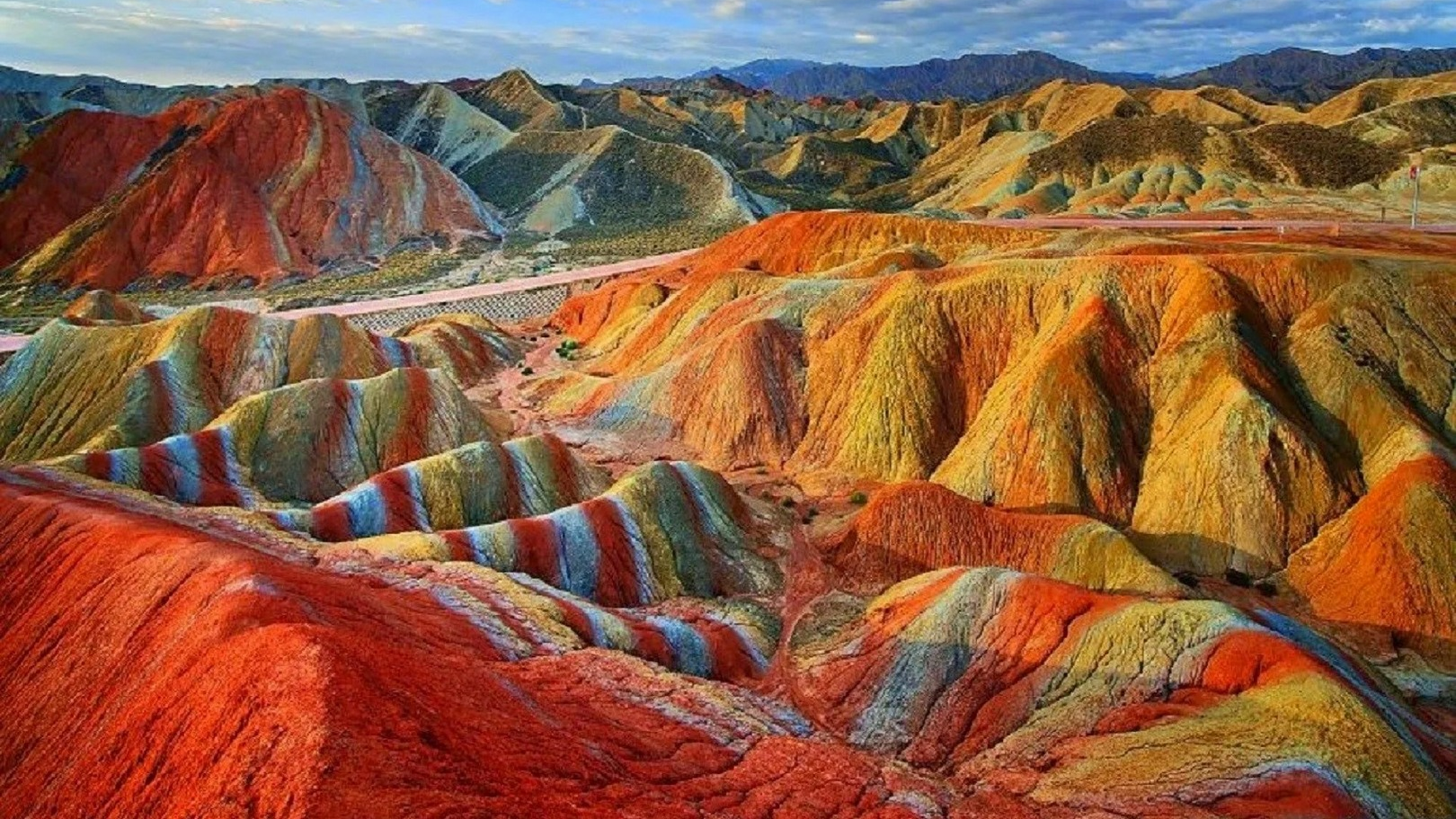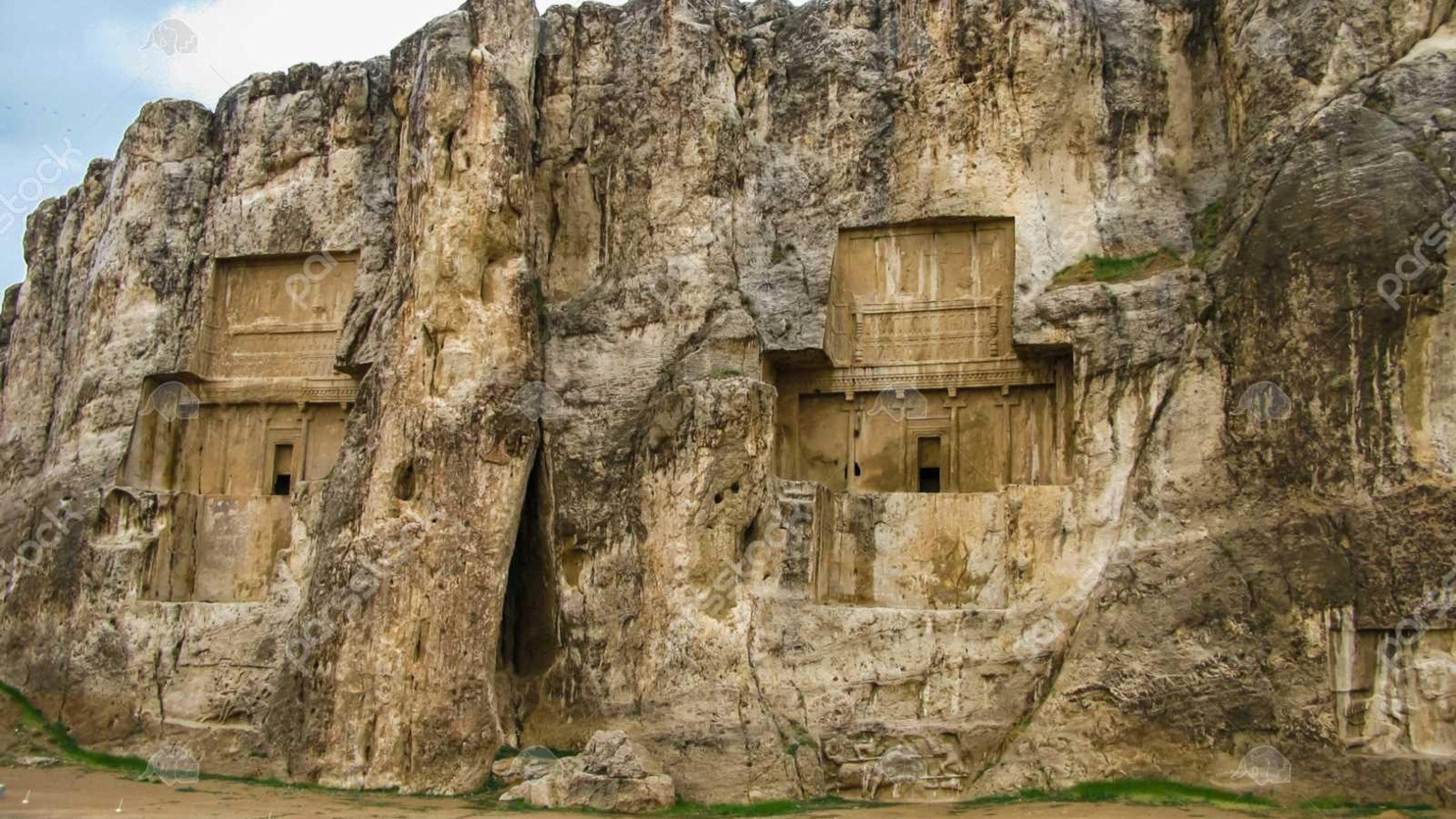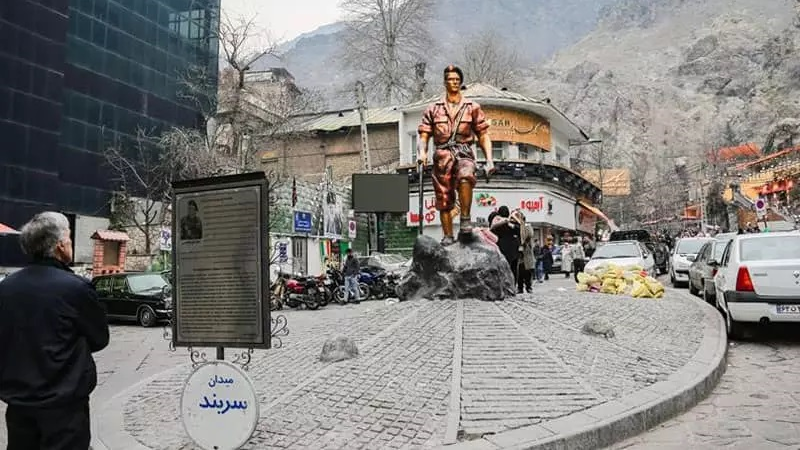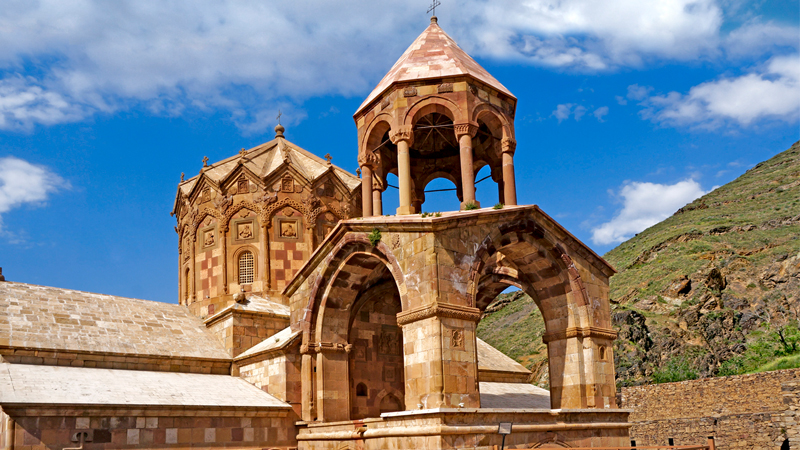
Biosphere Reserve of Dena
The Biosphere Reserve of Dena should be considered one of the most pristine areas of Iran, a place that is quite unique in terms of spectacular scenery and biological richness. Due to the cold and mountainous nature of the Dena Region, this area is covered with snow most of the time in autumn and winter.
The Structure and Features of the Biosphere Reserve of Dena
With an area of 25839 hectares, this biosphere reserve is located in a completely mountainous area. High peaks and deep valleys can be seen in this part of the Zagros Mountain Range, and the height difference between the highest and lowest points is about three thousand meters. This area is 80 kilometers long and the presence of 49 peaks above four thousand meters has made the mountaineers call it the “Iranian Alps”. Bijan Pass in the east and “Marbar” and “Bashar” rivers in the north, west, and south of this reserve form its borders. The Marbar River flows eastward in the northern region of Dena. After passing through several villages, this river reaches Tang-e Khorsan and changes its name to Khorsan River. Finally, it flows into the Bashar River in a forest area whose beauty is indescribable.
With an average altitude of 1300 meters above sea level, the Biosphere Reserve of Dena has a mild climate in the first half of the year, but it is generally considered a cold and semi-humid area. Therefore, the best time to visit the natural attractions of the region is mid-spring to late summer. The average humidity of the region is 46 percent and the average annual rainfall is 823 mm. The water resources from the rivers that originate from the Dena Mountains have an important role in the supply of drinking and agricultural water in the southern regions of Iran. There are many springs on the slopes of Dena, which boil out from under the snow even in wintertime and flow at a high speed down the steep slopes. These streams create beautiful waterfalls in different areas.
Flora and Fauna of Biosphere Reserve of Dena
In terms of topography, the major structures of the region can be divided into several categories:
• First, a very high and sharp peak with very little vegetation;
• Second, high mountains covered with wild Cyprus turpentine;
• Third, high mountains with oak and Pistacia atlantica trees;
• Fourth, the pasture lands along the rivers, which are sometimes cultivated with agricultural crops;
• Fifth, a gently sloping and gravelly surface, where oak trees form the majority of its vegetation;
• Sixth, uneven and gravelly surfaces where wild grass or dry plants grow.
One of the most important features of the Biosphere Reserve of Dena is the diversity of its vegetation such that many forest, pasture, medicinal, edible, and decorative plants grow in it. The oak forests of the southern slopes of Dena are unique throughout Iran. Among these trees, mention can also be made of such species as Pistacia atlantica, Acer monspessulanum, Prunus scoparia, and Prunus scoparia. Some species of tulips that grow in the Biosphere Reserve of Dena are specific to this region. The total number of plant species in the region is about 860. In terms of animal species, Dena should be considered one of the richest regions of Iran. Big brown bears, partridges that weigh up to five kilograms, eagles, leopards, wolves, and wild cats are among the most prominent species of this biosphere reserve. 25 species of mammals from seven orders, 85 species of birds, 25 species of reptiles, two species of amphibians, eight species of fish, and 30 species of butterflies have been observed in the Biosphere Reserve of Dena.
Human activities in the Biosphere Reserve of Dena
The human population in this reserve is about 30,000 people, most of whom live in the southern part of the region. Sisakht and Pataveh are the most important cities and Kareh, Meymand, Sivar, and Padna are the most important villages in the region. Agriculture, animal husbandry, and the production and processing of dairy products, which are mostly done in traditional ways, constitute the main occupations of the residents of the reserve.
In addition, the climate of the region and the growth of all kinds of medicinal plants have provided suitable conditions for beekeeping and have made the honey produced in Dena one of the best types of honey produced in Iran. A small population of nomads is also present in the Dena region, whose history is estimated to be several thousand years old.
National and World Register of Dena Biosphere Reserves
The Biosphere Reserve of Dena was inscribed on the UNESCO List of Biosphere Reserves in 2010. This Biosphere Reserve is the 10th biosphere reserve in Iran and the 550th reserve in the world. Due to its rich flora and fauna, it has been declared as a protected region and no permits are issued for conducting mining or hunting activities in it.
| Name | Biosphere Reserve of Dena |
| Country | Iran |
| State | Kohgiluyeh and Boyer-Ahmad |
| City | Sisakht |
| Type | Natural |
| Registration | Unesco,National |
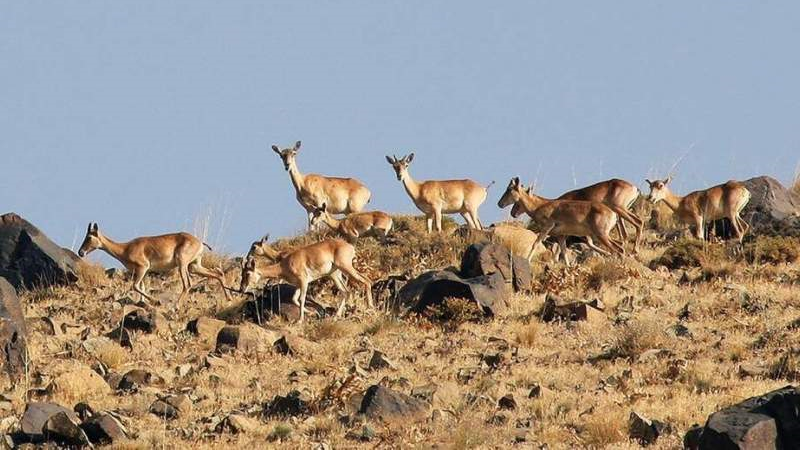
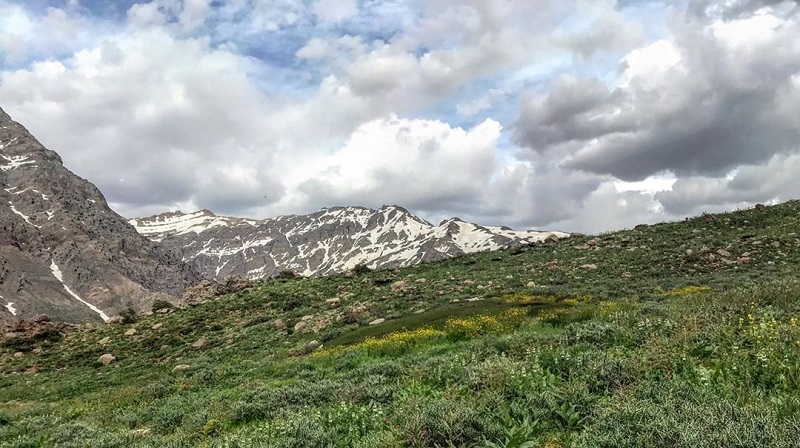


Choose blindless
Red blindless Green blindless Blue blindless Red hard to see Green hard to see Blue hard to see Monochrome Special MonochromeFont size change:
Change word spacing:
Change line height:
Change mouse type:

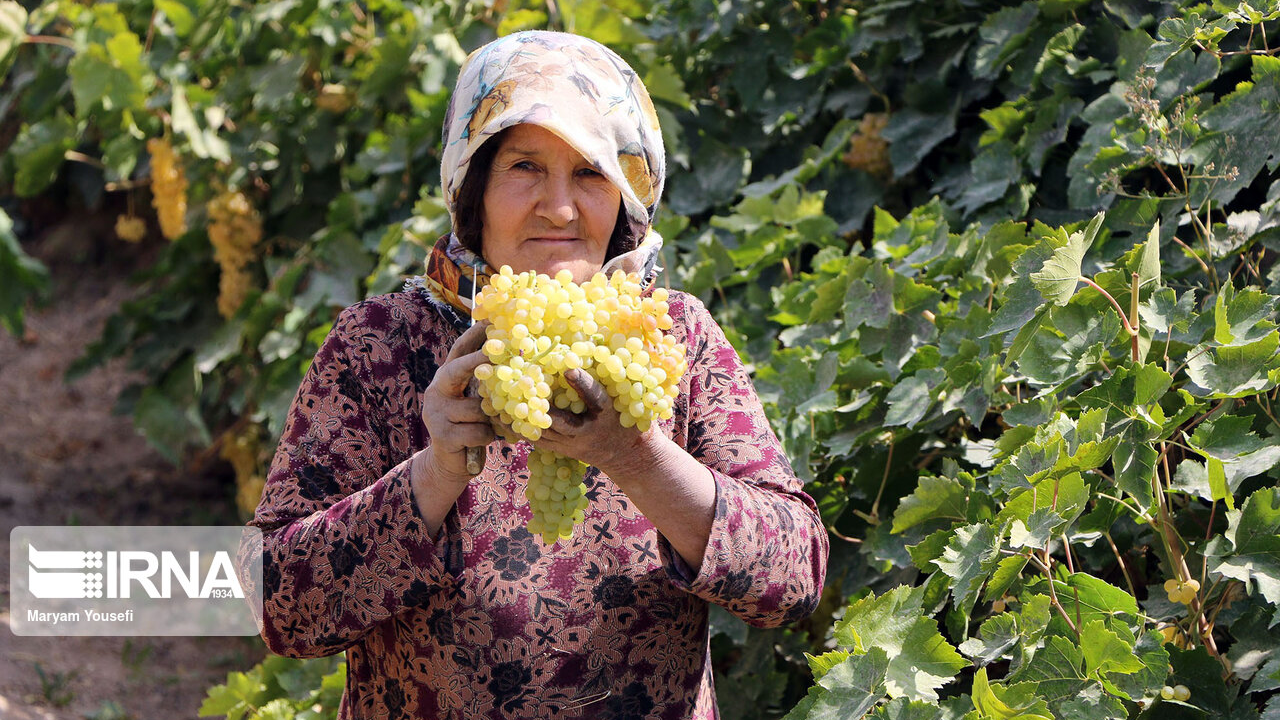
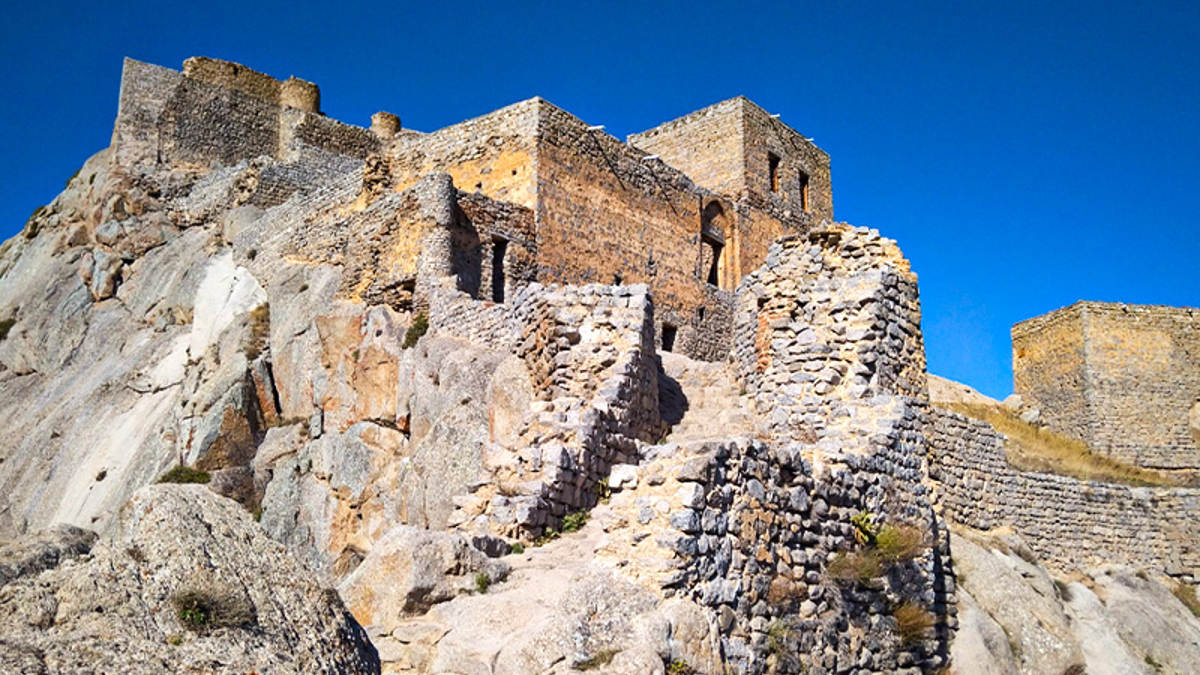
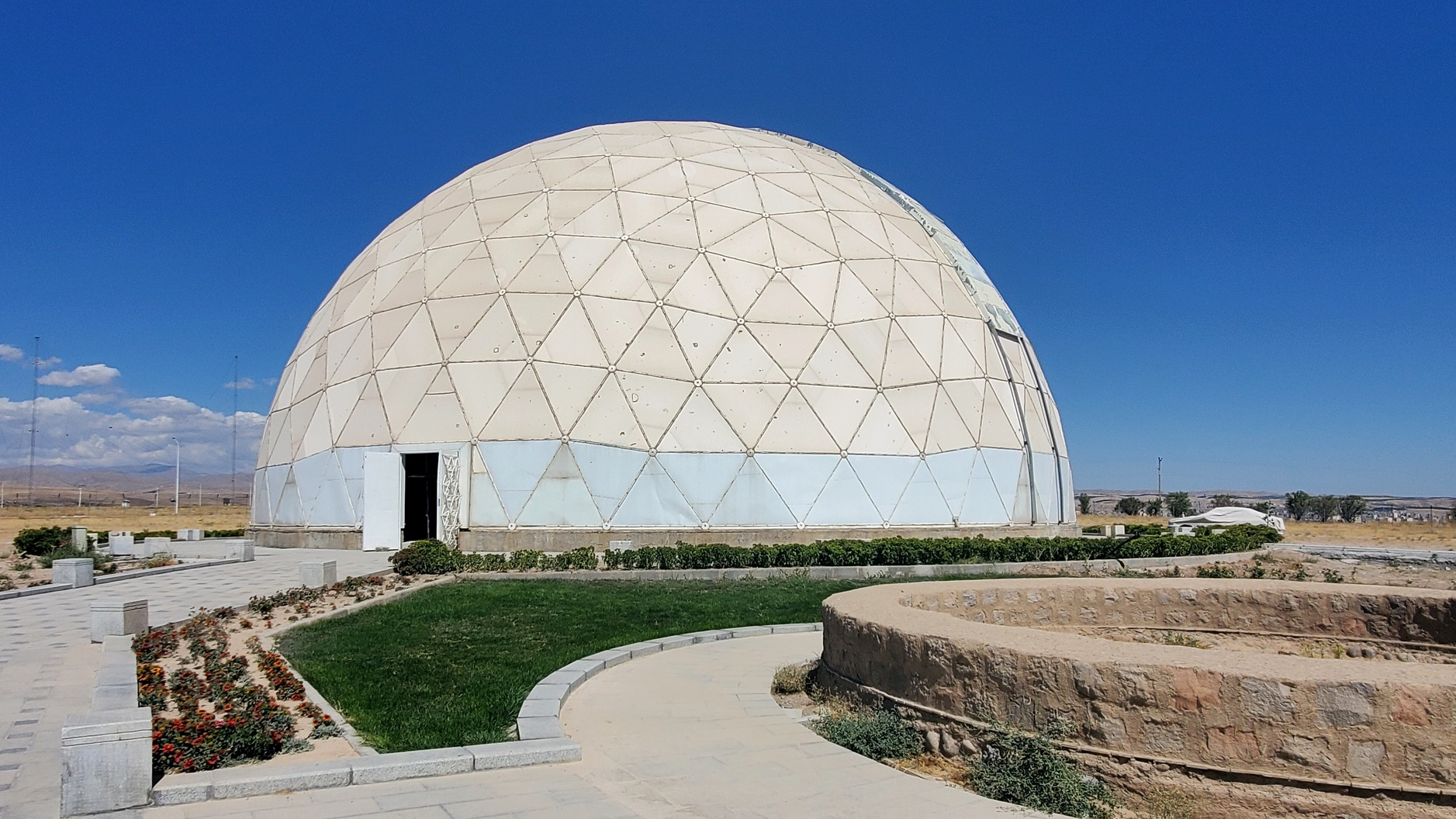
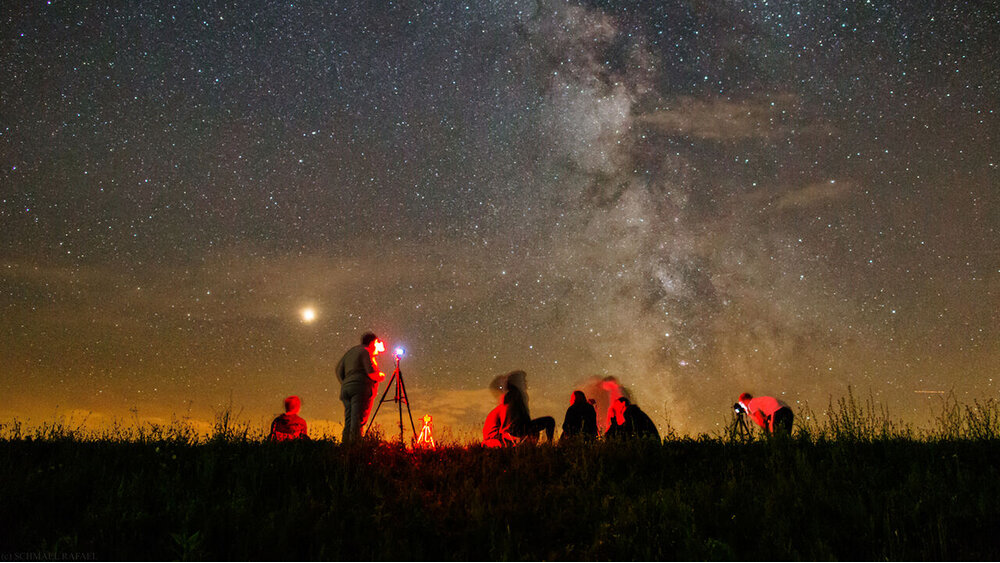
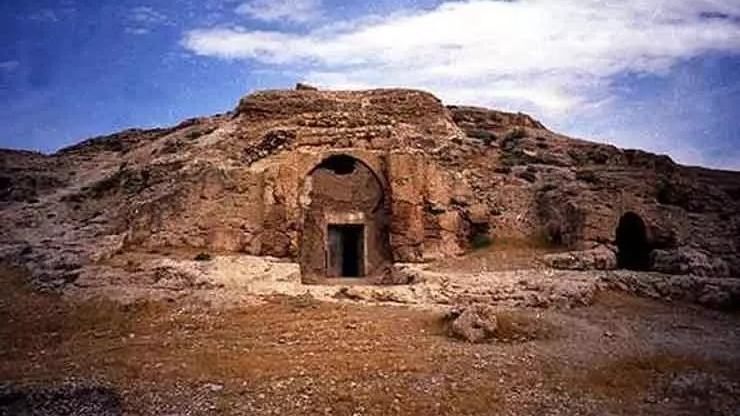

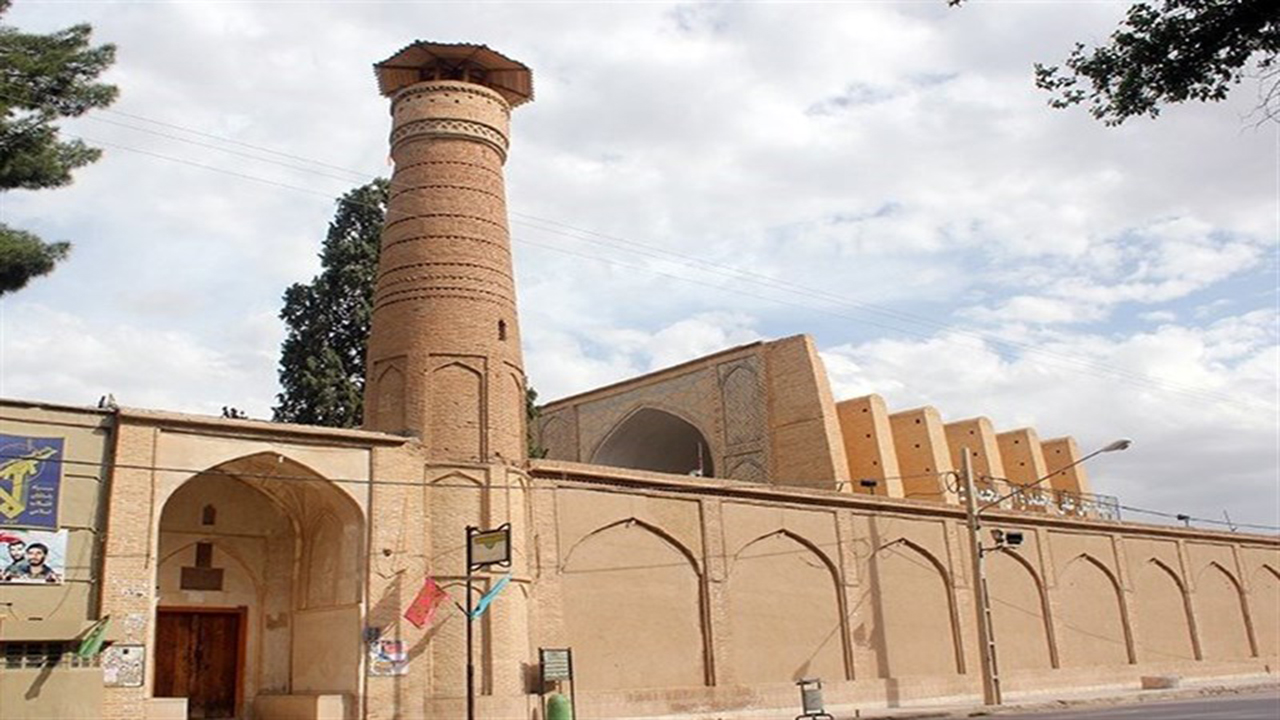
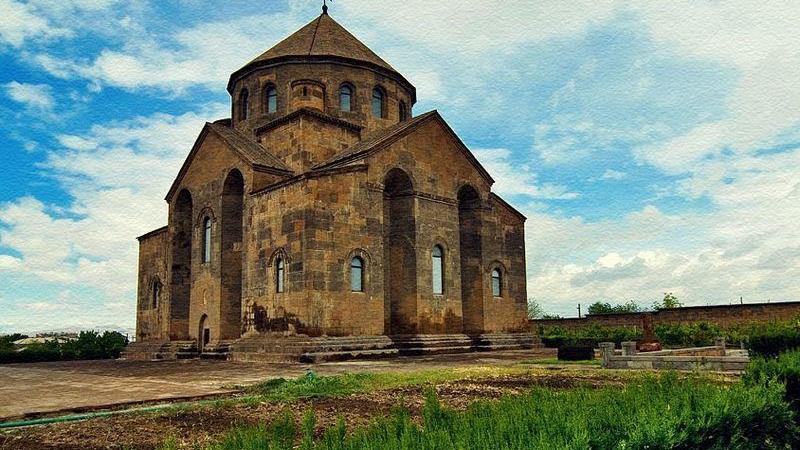
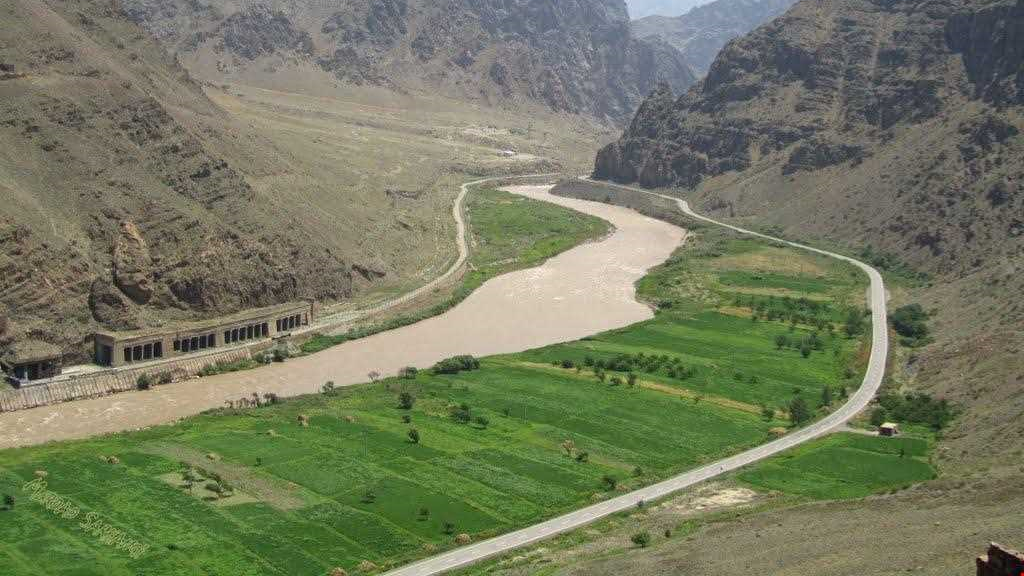
_crop_2.jpg)
